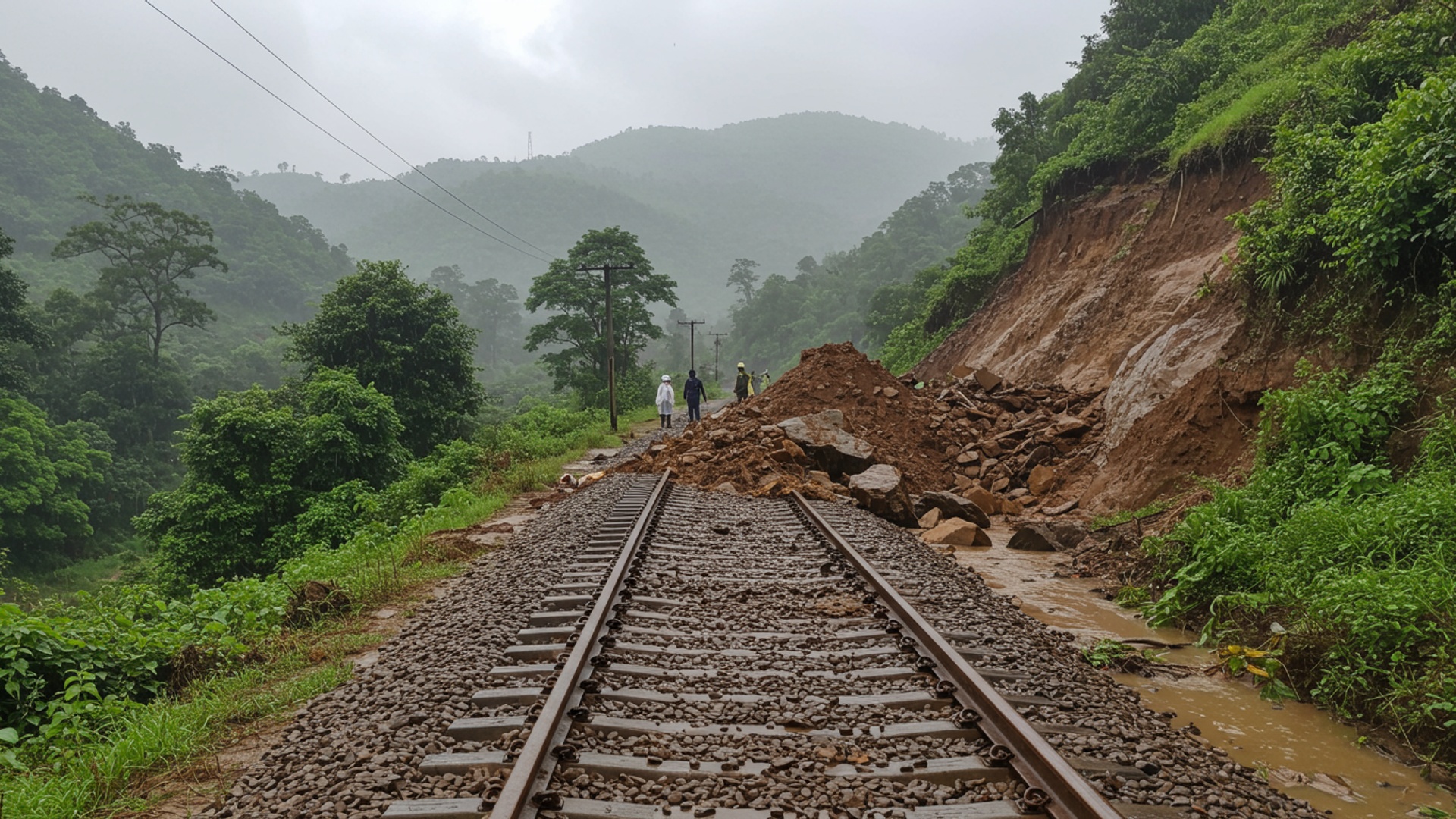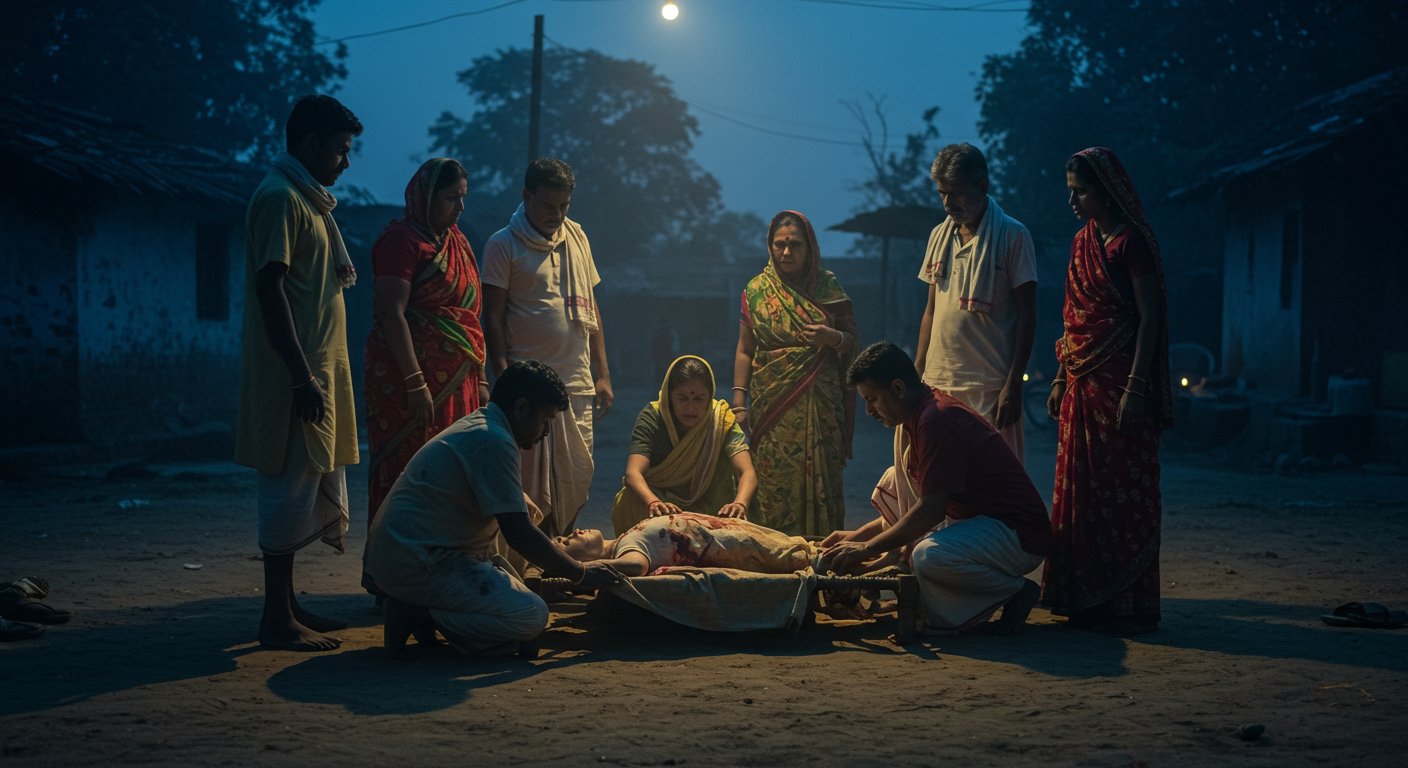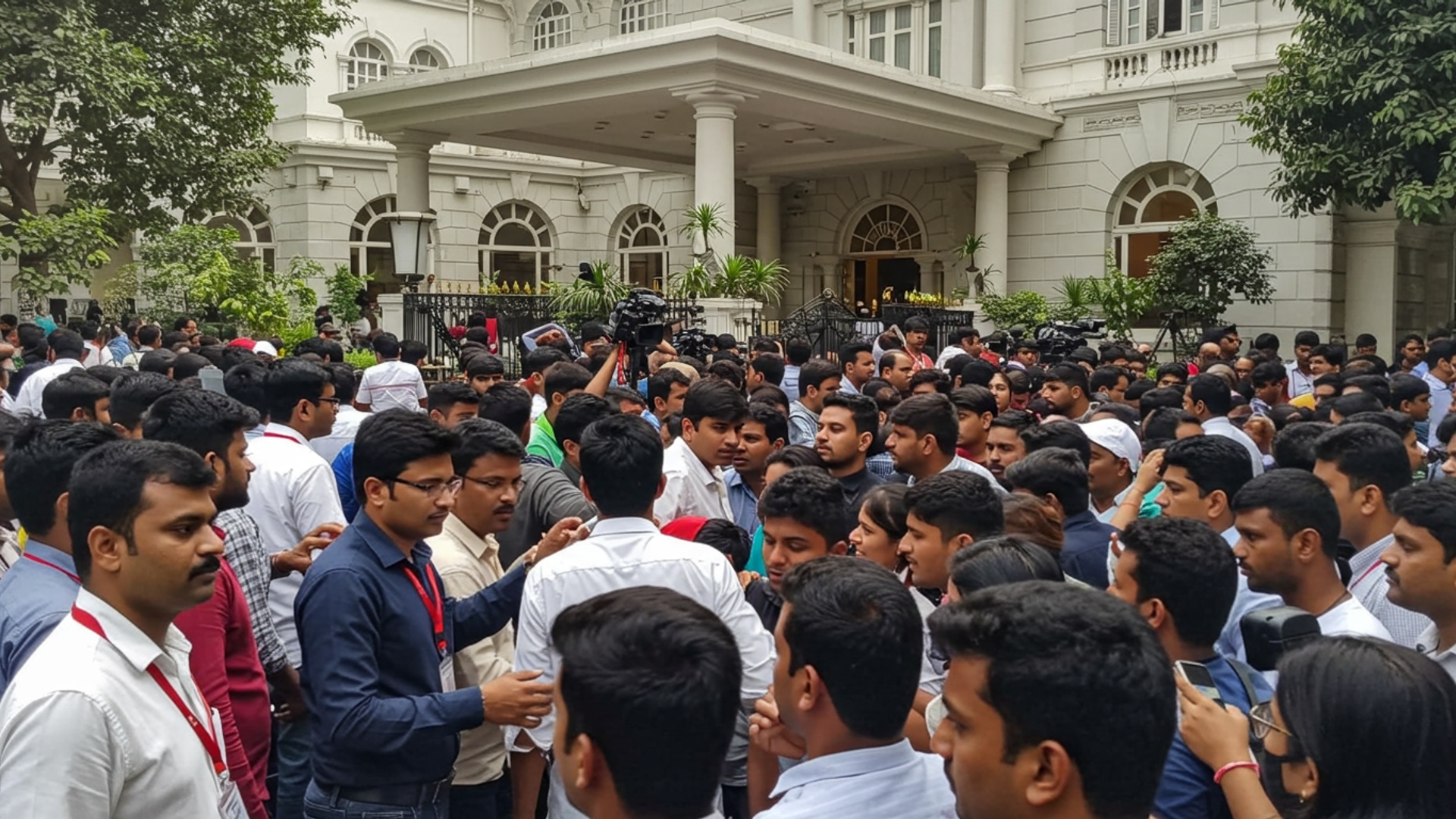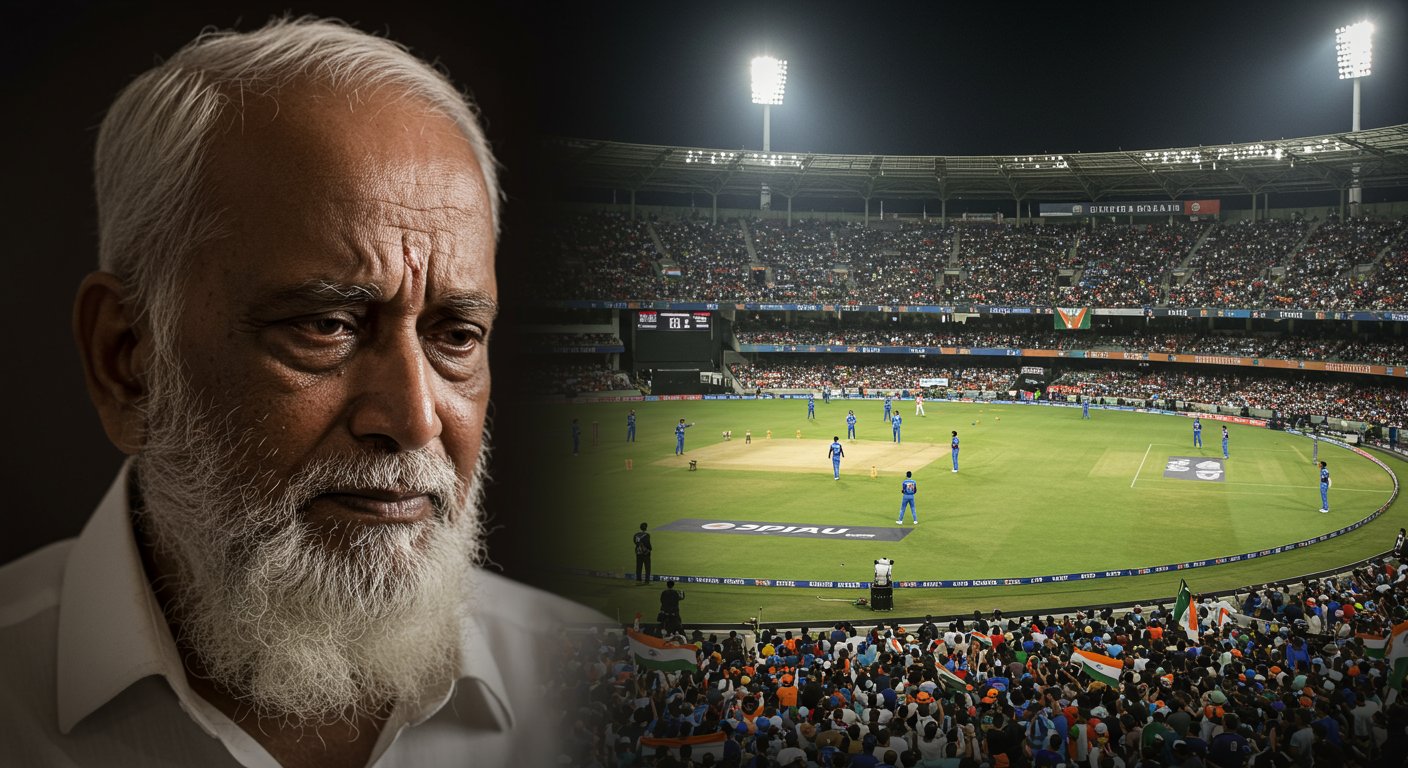Karnataka is getting ready for very heavy rains as officials have put out red alerts for the coastal and Malnad areas, telling people to be very careful. These strong warnings come as the monsoon gets stronger, with weather experts saying there could be dangerous floods and landslides across these parts of the state. People living in these regions are now preparing for what could be a difficult time, as the weather office sees no end to the heavy rain in the next few days.
What is happening
Karnataka is currently facing a serious situation as very heavy rains are expected in its coastal and Malnad regions. The India Meteorological Department (IMD) has issued a red alert for these areas, signaling the chance of extremely heavy rainfall. This alert means that people should take action to stay safe. Normal daily life is already getting disrupted in many parts of these regions because of the heavy rain. Roads are getting filled with water. rivers are swelling. There are also reports of trees falling and houses being damaged. People living near the coast are worried about the sea eating away land.
Where are the affected areas
The red alert has been issued mainly for districts along the coast and in the Malnad region. These include Dakshina Kannada, Udupi. Uttara Kannada districts on the coast. In the Malnad region, districts like Shivamogga, Chikkamagaluru. Kodagu are under the same high alert. These areas are known for receiving a lot of rain during the monsoon season. For example, some places in Dakshina Kannada recently got a lot of rain in just 24 hours. Rivers like Netravati, Kumaradhara, Tunga, Bhadra. Sharavathi are showing higher water levels, which can cause flooding in low-lying areas. Places like Mangaluru, Udupi city. nearby towns such as Padubidri, Kaup, Karkala, Kundapur. Byndoor have already seen effects of the heavy rain.
Why is this happening
The current heavy rains are a result of the southwest monsoon, which is active over Karnataka. The monsoon usually starts around June and continues till the end of September. This time of year naturally brings strong winds and a lot of moisture from the Arabian Sea to the western parts of Karnataka. The coastal and Malnad regions are especially prone to heavy rainfall because of their location near the Western Ghats, a mountain range that forces rain-bearing winds to rise and drop their moisture. Sometimes, weather systems like low-pressure areas forming over the Arabian Sea can make the rain even more intense. Such conditions lead to continuous heavy showers that can quickly cause waterlogging and flooding, as the ground becomes too wet to soak up more water.
What a red alert means
When the India Meteorological Department (IMD) issues a red alert, it is the highest level of weather warning. It means that there is a high chance of very heavy to extremely heavy rainfall, often more than 20 centimeters in 24 hours. This level of rain can lead to major disruptions and significant risks to life and property. A red alert signals that people should “take action.” This means that local authorities and people should be prepared for severe weather conditions. This includes the chance of widespread flooding, landslides in hilly areas. damage to roads and houses. It also means that visibility can drop suddenly, making travel dangerous. Fishermen are usually told not to go into the sea during a red alert because of strong winds and rough sea conditions.
Government is getting ready
The government of Karnataka and its disaster management teams are working to get ready for the severe rain. The Karnataka State Disaster Management Authority (KSDMA) has given out rules for preparing for the monsoon. These rules tell local officials to find areas that are likely to flood and to set up emergency centers that work all day and night. They also ask officials to share vital contact numbers through groups like WhatsApp so that people can get help quickly. The Chief Minister has given strong orders for all districts to be ready for floods. This includes finishing all works needed before the monsoon, like cleaning storm drains and removing things that block water flow. Officials have been told to make sure these drains are clear to prevent water from collecting in cities and towns. State and national disaster response teams, like the SDRF and NDRF, have been asked to be ready to help. Relief centers are being prepared and stocked with food, water. medicines for people who might need to move from their homes.
Safety warnings for people
People living in the coastal and Malnad regions. other areas likely to be affected, are strongly advised to take safety steps. It is best to avoid going out unless it is absolutely necessary during heavy rain. People should stay away from areas where water has collected and from riverbanks. It is also crucial to take shelter indoors during thunderstorms and lightning. If there are any power cuts, people should make sure to unplug home appliances to prevent any short circuits. Families should keep emergency kits ready with vital items like medicines and documents. For those who must drive, it is advised to drive slowly and carefully, keep headlights on. make sure car wipers are working well. It is also crucial to avoid parking cars in low areas or under trees, as they can get damaged or swept away by floodwaters. Fishermen have received specific warnings not to go into the sea because of the rough weather.
Past events and lessons
Karnataka has seen heavy rains and their effects many times in the past. For example, in August 2019, severe floods affected many districts in the state, including coastal and Malnad areas. During that time, 61 people died and thousands of houses were damaged. Landslides also happened in many places in Chikkamagaluru, Kodagu, Dakshina Kannada. Uttara Kannada districts, blocking major roads and cutting off links between different areas. Agricultural lands also suffered heavy losses. These past events serve as crucial lessons for how to deal with the current situation. The government’s disaster management plans are partly based on what was learned from these past events. They aim to reduce risks and ensure quicker help and recovery.
Looking ahead
The weather department predicts that heavy to very heavy rainfall will continue in coastal Karnataka and parts of the Malnad region for the next few days. While there might be some reduction in rain intensity later in the week, the overall situation remains one that needs close watching. Authorities are continuously checking the weather and river levels. People are advised to stay updated with official weather reports and any new warnings. The focus remains on keeping people safe and reducing any damage that the intense rains might cause. The government will continue to assess the situation and provide help where needed.
![]()















